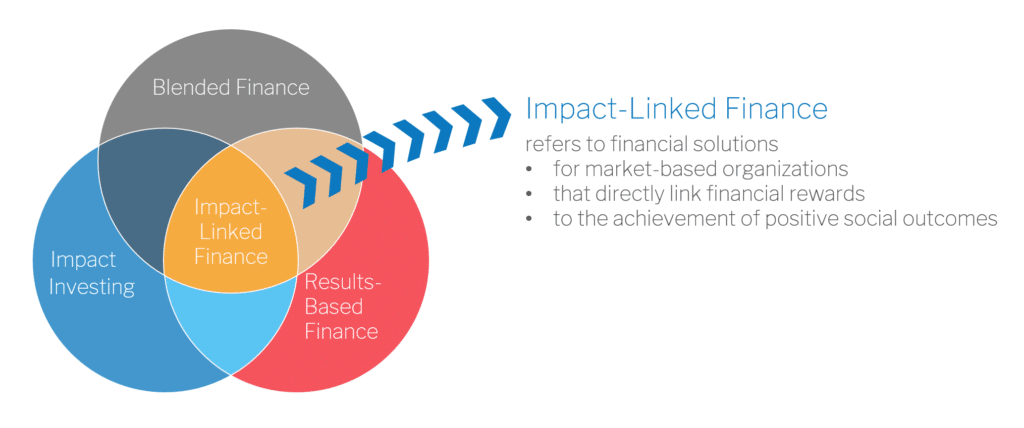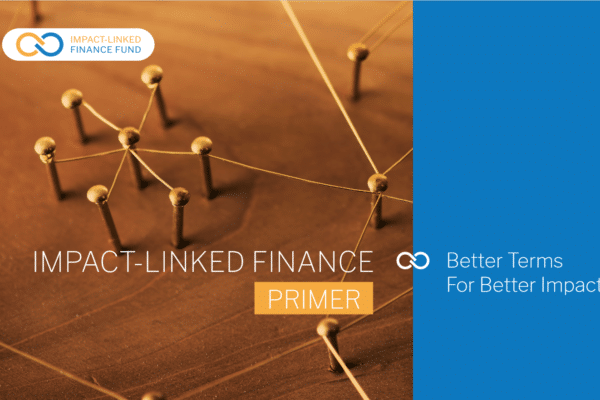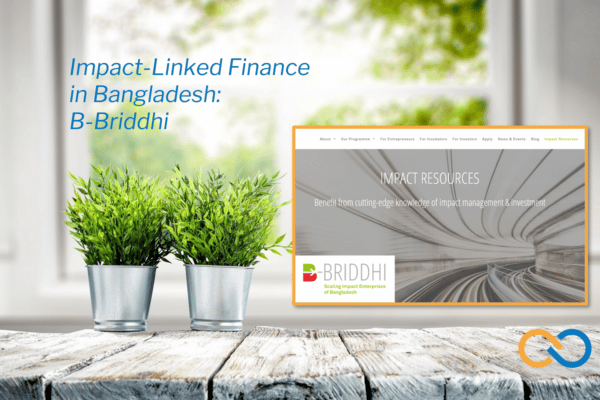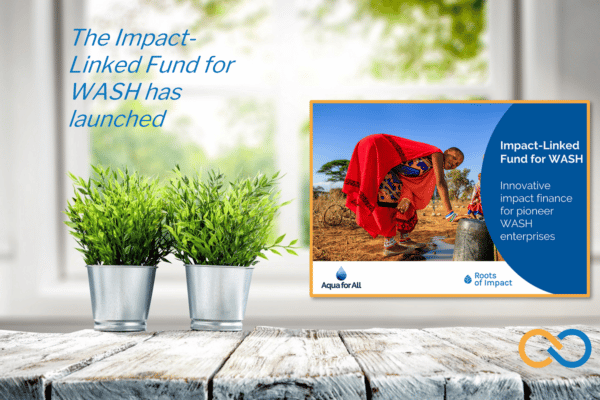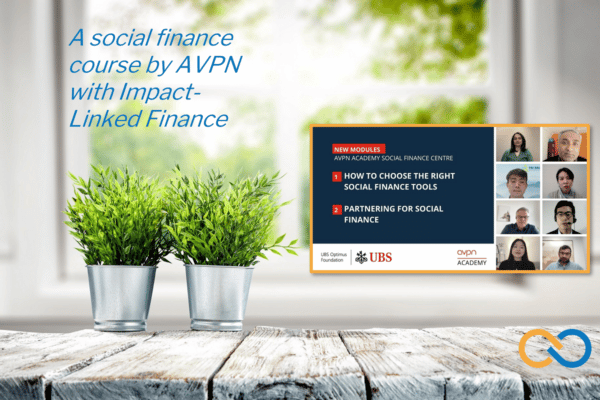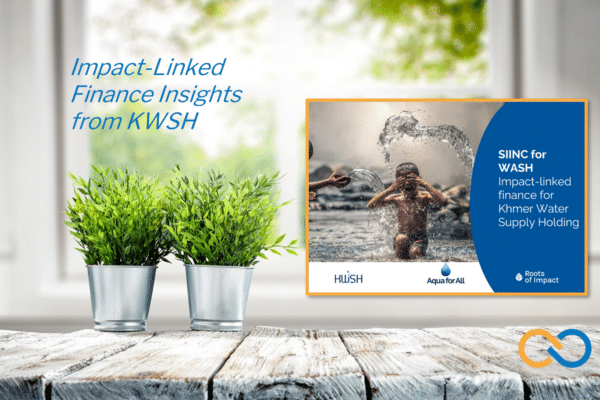Why Impact-Linked Finance
Let’s re-invent finance!
Impact-Linked Finance offers funders, investors and entrepreneurs a unique opportunity to re-invent finance: by pursuing “better terms for better impact” and baking impact into ANY type of financing. High-impact organisations with market-based models receive direct financial rewards for creating positive impact. They also become empowered to attract (more) suitable capital for scaling their solutions. Funders and investors, on the other hand, enjoy “more impact bang for the buck” and make smarter use of their monies for the benefit of people and planet.
As a pioneer of this approach, Roots of Impact – with support from the Swiss Agency for Development and Cooperation – recognizes that to grow this movement, we need to let as many funders, implementers, investors and enterprises as possible know about the state-of-the-art tools, best practices, successful examples, and secret sauces. This is exactly the driver behind the Open Platform for Impact-Linked Finance: By sharing knowledge from multiple Impact-Linked Finance transactions across the globe, we want to build a community of like-minded practitioners. The mission is simple but bold: to create system-level impact and re-invent finance in a way that impact is ALWAYS an integral part of the equation (not only of the story).
Read more about the mission to re-invent finance in this opinion piece.


